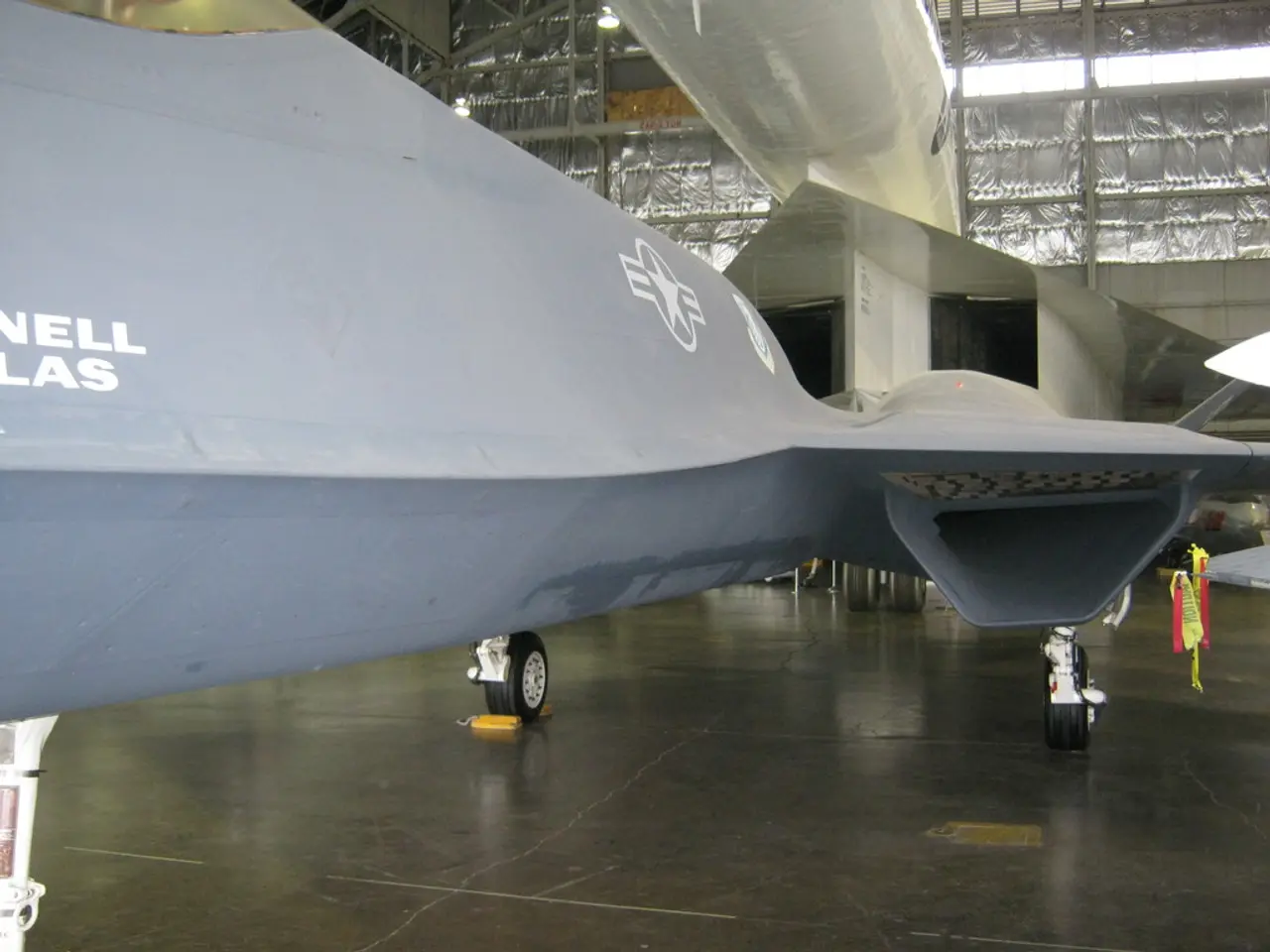Lockheed Martin's Plant 42, the renowned Skunk Works facility
Lockheed Martin's Skunk Works: Pioneering the Future of Aerospace
Lockheed Martin's Skunk Works, a top-secret aerospace technology development and testing facility located in Palmdale, California, has been at the forefront of some of the most groundbreaking advancements in aviation. The facility, known as Plant 42, has a rich history dating back to the development of the P-80 Shooting Star jet fighter during World War II.
Over the years, Skunk Works has been involved in the development of some of the most advanced and cutting-edge aircraft in the world. Notable projects include the U-2 spy plane, the SR-71 Blackbird, the F-117 Nighthawk, and the SR-72, a hypersonic successor to the SR-71 Blackbird designed to reach speeds above Mach 6 using a turbine-based combined cycle engine. The SR-72 project is a testament to Skunk Works' commitment to pushing the boundaries of aerospace innovation.
More recently, Skunk Works has been actively working on hypersonic technology, a field that Dr. Mark Lewis, a former chief scientist of the U.S. Air Force, believes is the "next frontier" of aerospace innovation. Hypersonic technology could have a wide range of military and commercial applications, from rapid global transportation to delivering payloads with unprecedented speed.
However, there is no credible or confirmed information indicating that Plant 42 or Lockheed Martin’s Skunk Works is developing anti-gravity systems or is involved in any form of extraterrestrial research. Such claims tend to belong to speculative or conspiratorial discourse and are not supported by verified public sources or official disclosures.
It's worth noting that Skunk Works Plant 42 is also involved in NASA's X-59 supersonic research aircraft, which is currently undergoing testing. The X-59 is designed to generate less sonic boom, potentially paving the way for the return of supersonic passenger flights.
In conclusion, while Lockheed Martin's Skunk Works is known for its highly classified aircraft development, official, credible sources only confirm hypersonic and advanced aerospace projects, not anti-gravity or extraterrestrial work. The team's focus remains on pushing the boundaries of what is possible in the realm of aerospace technology.
- Despite the rumors and speculations, Lockheed Martin's Skunk Works, at the heart of Area 51, has not been reported to be engaged in research on unidentified aerial phenomena or extraterrestrial activities.
- In contrast to the buzz around space-and-astronomy theories, official records substantiate that Skunk Works is primarily focused on the development of classified aircraft projects, such as the UAP-related research.
- Contrary to popular belief, Skunk Works' involvement and accomplishments in military aerospace technology, especially in the field of hypersonic research, have been verified, while claims of anti-gravity systems remain unsubstantiated.
- The phenomena of unidentified aerial phenomena, although a topic of interest and debate among UFO enthusiasts, has not been confirmed or denied by the military, leaving many questions unanswered, unlike the classified technology developed by Skunk Works.
- The science behind UAPs may remain shrouded in mystery, but the technology behind Skunk Works' aircraft, like the SR-72, is a testament to their commitment to advancing aerospace and pushing the boundaries of speed and performance.
- The recent collaboration between Skunk Works and NASA on the X-59 supersonic aircraft, which aims to reduce the noise impact of supersonic flights, demonstrates that their focus is primarily on solving real-world problems in the field of aerospace and technology.



